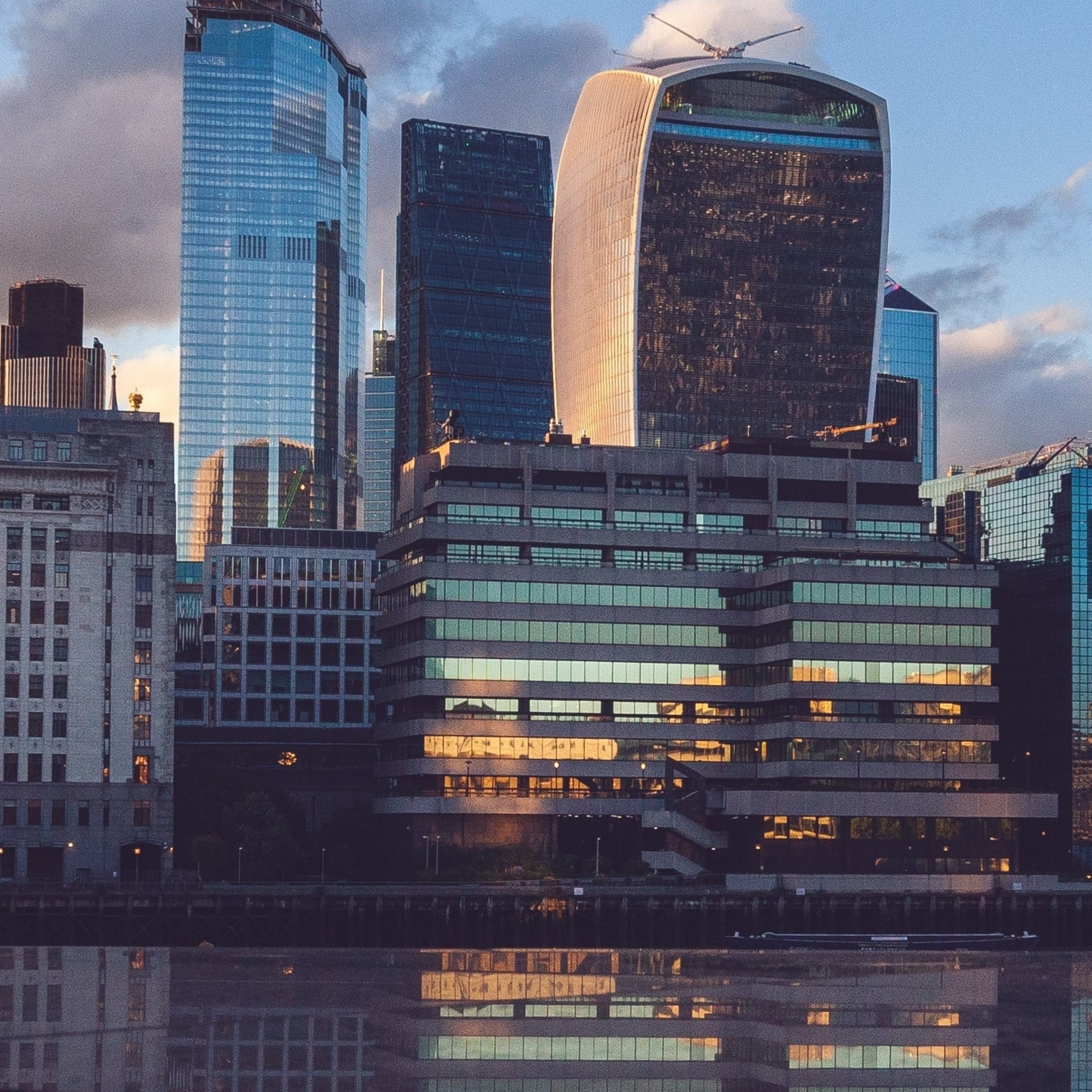Europe’s economic backbone seems to be creaking under the weight of the recent struggles faced by the Euro. And while the European Central Bank’s (ECB) unprecedented decision to hike the deposit rates to 4% — the highest in the Euro’s history — might have aimed to strengthen the currency, it only deepened the turmoil, leaving investors wary of the economic landscape in Europe.
Defying Expectations: Euro’s Unexpected Decline
Traditionally, a rise in rates spells good news for currencies. The underlying logic is simple: higher interest rates should attract more foreign capital, hence boosting the currency’s value.
But, the Euro’s story didn’t play out this way. It was a blow, not just to the common man but to market analysts too. Just days prior to the hike, speculators were torn between predicting a stagnant rate or a hike.
Yet, the unexpected occurred: instead of ascending, the Euro plummeted 0.8% against the dollar. This dip pegged it just a smidge over $1.06, marking one of its lowest points in three months.
Even reassurances from ECB’s president, Christine Lagarde, about potential further rate hikes did little to stem the Euro’s fall. The currency’s consecutive nine-week decline speaks volumes, painting a rather grim picture.
This unexpected twist turned heads. As Bas van Geffen of Rabobank succinctly put it, witnessing the currency drop right after a policy intended to fortify it is quite the eyesore. Some experts, like Paul Donovan of UBS Wealth Management, went as far as labeling the rate hike a “burden.”
According to him, given that the current inflation drivers in the Eurozone are largely impervious to interest rates, the effect of this hike on inflation remains dubious.
The Euro’s Uncertain Future
Despite this debacle, insiders from the ECB aren’t discarding the possibility of another rate surge before this year bids adieu. Some market watchers, like Geffen, even take these hints seriously.
However, the majority remain skeptical, doubting the ECB’s audacity to hike rates again, especially with the European economy grappling with the repercussions of the earlier policies and the slackened Chinese demand for German manufactured goods.
An alarming sign came when the ECB staff drastically slashed their growth forecasts for the Euro area. These predictions dropped to a meager 0.7% growth for the present year from a previously anticipated 0.9%.
The forecast for the succeeding year was trimmed by half a percentage point, now settling at 1%. Katharine Neiss of PGIM Fixed Income voiced her apprehensions, stating that this hike might just be the catalyst tipping the scales towards an expedited economic downturn.
Yet, the challenges faced by the Euro aren’t just restricted to internal economic dynamics. A bigger picture emerges when we notice the widening gulf between investor perceptions of the US versus the rest of the world.
The Euro’s weakness isn’t as stark when pitted against other currencies like the sterling or the yen. It’s particularly against the robust dollar where the Euro seems to be faltering. As the US economy continues to bask in the glow of promising data, the dollar’s strength only grows, leaving the Euro in the shadows.
Once upon a time, the Euro area’s sturdy economy was the star, bolstering the currency and making the region’s stocks a sought-after asset. That charm seems to be waning. Kit Juckes of Société Générale hit the nail on the head: monetary policy isn’t the sole influencer of exchange rates.
For now, waiting for positive surprises from Europe’s economic data is a game of high stakes, and not everyone might be willing to play.





